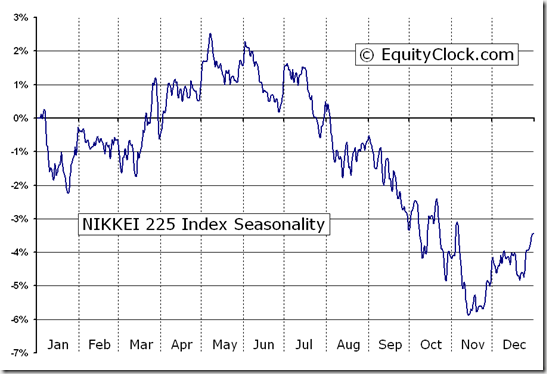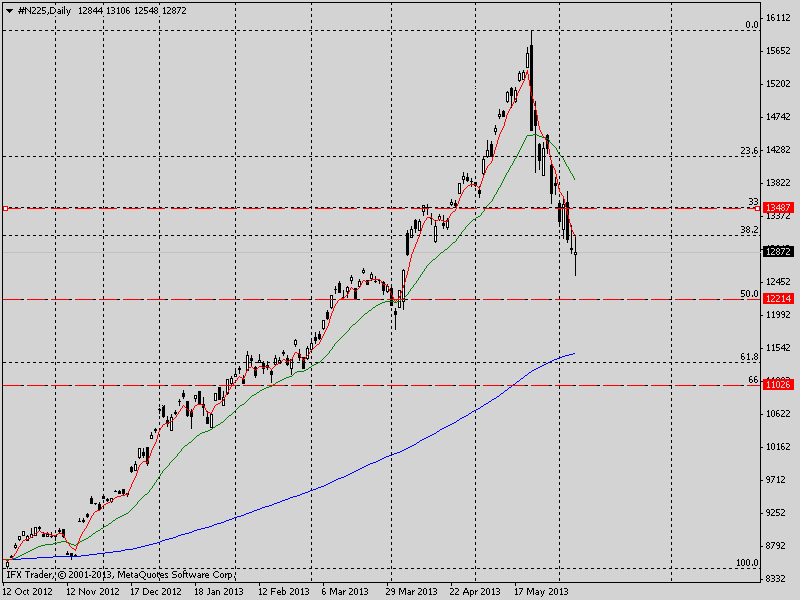Index Nikkei 225 Index (N225)
Post on: 5 Июнь, 2015 No Comment

The Nikkei 225 Stock Index maps companies on the Tokyo Stock Exchange (TSE). It is the oldest and the most well known Asian index in the world. The Nihon Keizai Shimbun (Nikkei) newspaper has been commisioned to officially calculate this index since 1971. The Nikkei 225 began to be calculated on September 7, 1950, retroactively calculated back to May 16, 1949. Currently. the Nikkei is used as the major indicator for the Japanese economy, similar to the Dow Jones Industrial Average (.DJIA). In fact, it was known as the Nikkei Dow Jones Stock Average from 1975 to 1985. [1]. However, unlike the Dow Jones, as the Nikkei 225 is designed to reflect the overall market, there is no specific weighting of industries. Stock splits, removals and additions of constituents impact upon the effective weighting of individual stocks and the divisor. [2]
Weighting and Components
The Nikkei is a price weighted average index (the unit is Yen ), similar to the Dow Jones Index, based on a par value of ¥50 per share. That means, a ¥50 price change in any stock affects the average the same way, regardless of whether the stock is priced at ¥5 or ¥500 per share. The Nikkei 225 index’s components are reviewed every year in September. Any changes, if required, are published in October and the index is adapted accordingly.
To calculate an equal weighted index. the market capitalization for each stock used in the calculation of the index is redefined so that each index constituent has an equal weight in the index at each re-balancing date. In addition to being the product of the stock price, the stock’s shares outstanding, and the stock’s float factor – and the exchange rate when applicable; a new adjustment factor is also introduced in the market capitalization calculation to establish equal weighting.
- Stock Market Value= Price of shares * Number of shares outstanding * Free float factor * Exchange Rate(if applicable) * Adjustment Factor [3]

The Adjustment factor of a stock is assigned to the stock at each re-balancing date, which makes the stock value for each stock equal. For index component, the value would be:
- Adjustment Factor= Index specific constant Z/(Number of shares of the stock*Adjusted stock market value before re-balancing)
The main criticism with this index is that a $5 priced share would have the same weight as the $200 priced share, which gives the smaller shares more weight than their due. Moreover, the stocks keep changing and so does the equality, so the stock has to be rebalanced from time to time [4] as compared to a cap weighted index.














